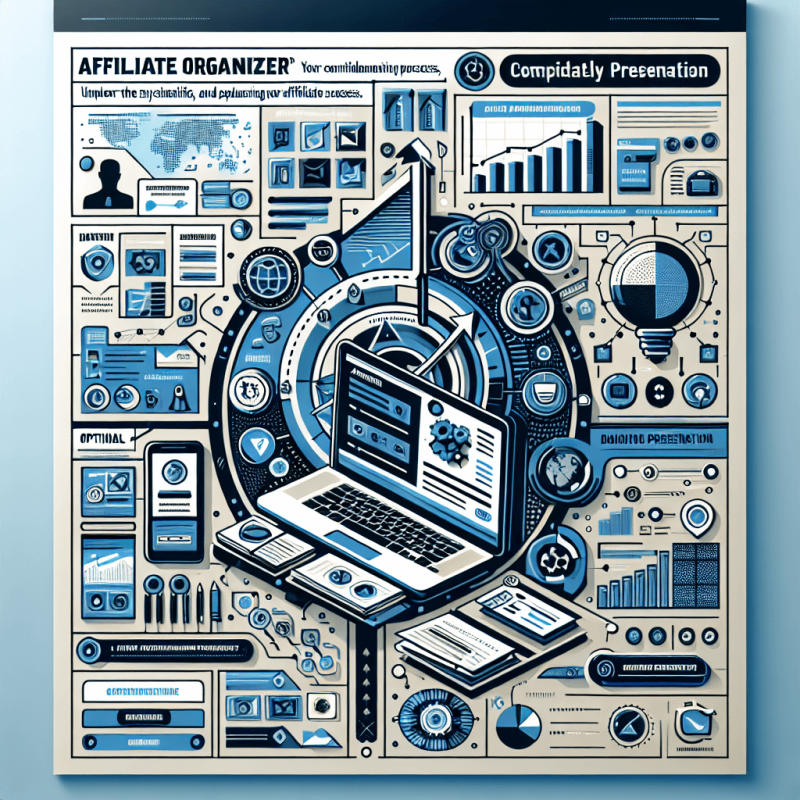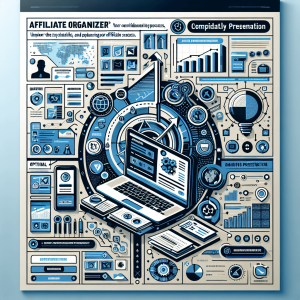In today’s interconnected global economy, the narrative of “free trade” is often championed as the cornerstone of prosperity, competition, and innovation. However, the persistent economic volatility we witness—wild swings in stock markets, commodity prices, and currencies—suggests a different reality. Far from reflecting the organic ebb and flow of supply and demand, this volatility is increasingly a byproduct of deliberate market manipulation by powerful actors. Central banks, hedge funds, and multinational corporations wield disproportionate influence, orchestrating price movements to serve their interests while undermining the principles of free trade. This article explores why the current economic turbulence is less about open markets and more about calculated control.
The Myth of Free Trade in a Rigged System
Free trade, in theory, implies a level playing field where goods, services, and capital flow unimpeded by artificial barriers, with prices determined by genuine market forces. Yet, the modern economic landscape is riddled with distortions that contradict this ideal and tilts toward market manipulation. Consider the role of central banks, which manipulate interest rates and money supply to steer economies. The U.S. Federal Reserve, for instance, has kept rates artificially low for extended periods, flooding markets with liquidity. This inflates asset prices, from stocks to real estate, creating bubbles that benefit institutional investors who can exploit the resulting volatility.
Quantitative easing (QE), a tool used by central banks to inject money into economies, is a prime example. Since the 2008 financial crisis, the Fed and European Central Bank have pumped trillions into financial systems, ostensibly to stabilize markets. But the real beneficiaries are often large banks and hedge funds, which use cheap capital to engage in speculative trading. These players amplify volatility by leveraging derivatives—complex financial instruments that dwarf the real economy. According to the Bank for International Settlements, the global derivatives market was valued at over $600 trillion in 2023, a figure that far exceeds global GDP. Such scale allows insiders to move markets at will, rendering the notion of “free” trade a hollow promise.
High-Frequency Trading and Algorithmic Manipulation
The rise of high-frequency trading (HFT) further exposes the manipulated underbelly of modern markets. HFT firms use algorithms to execute millions of trades per second, exploiting microsecond price discrepancies. While proponents argue this enhances liquidity, critics point out that HFT creates artificial volatility, as algorithms can trigger cascading sell-offs or buying frenzies unrelated to economic fundamentals. A 2024 study by the University of Chicago found that HFT accounted for nearly 50% of U.S. equity market volume, giving these firms outsized influence over price movements.
This dynamic is evident in events like the 2010 Flash Crash, where the Dow Jones plummeted 1,000 points in minutes, only to recover shortly after. No fundamental economic shift drove this event; it was the result of algorithmic trading gone awry. Such incidents reveal how markets are less a reflection of free trade and more a playground for those with the fastest computers and deepest pockets. Retail investors, small businesses, and developing nations—key stakeholders in any true free trade system—are left at the mercy of these manipulations.
Commodity Markets: A Case Study in Control
Nowhere is market manipulation more apparent than in commodity markets, which are critical to global trade. Take oil, a cornerstone of the global economy. Its price is often portrayed as a function of supply and demand, yet speculative trading frequently overrides these fundamentals. In 2020, during the COVID-19 pandemic, oil prices briefly turned negative—a historic anomaly. While demand had collapsed, the extreme price swing was exacerbated by futures market speculators betting on price drops, amplifying volatility beyond what market conditions warranted. True signs of market manipulation!
Gold and silver markets are similarly distorted. Large banks have faced repeated fines for manipulating precious metal prices. In 2023, JPMorgan Chase paid a $920 million settlement for spoofing—placing fake orders to mislead markets—in precious metals and Treasury futures. These practices suppress or inflate prices to suit the manipulators’ positions, undermining the ability of smaller players, such as mining companies or jewelers, to operate in a free market.
Currency Wars and Geopolitical Maneuvering – Signs Of Market Manipulation?
Currency markets, the backbone of international trade, are another arena where manipulation trumps free trade. Central banks engage in competitive devaluations to boost exports, a tactic known as “currency wars.” For example, China’s periodic adjustments to the yuan’s value have sparked accusations of market distortion from trading partners like the U.S. Meanwhile, the U.S. dollar’s status as the world’s reserve currency gives the Federal Reserve unparalleled power to influence global markets. By tightening or loosening monetary policy, the Fed can trigger capital flows that destabilize emerging economies, as seen in the 2013 “Taper Tantrum,” when hints of QE reduction caused market havoc in countries like India and Brazil.
Geopolitical actors also exploit volatility for strategic gains. Sanctions, tariffs, and trade embargoes—often justified as national security measures—distort markets by restricting the free flow of goods. The U.S.-China trade war, which escalated in 2018, saw both nations impose tariffs that disrupted global supply chains and spiked prices for consumers. These actions prioritize political objectives over market efficiency, contradicting the ethos of free trade.
The Real Cost of Volatility
The consequences of this manipulated volatility are profound. Small businesses and consumers face unpredictable costs, as seen in the 2022-2023 inflation surge, partly driven by supply chain disruptions and energy market speculation. Developing nations, reliant on stable commodity prices and access to capital, are particularly vulnerable. The International Monetary Fund reported in 2024 that volatility in global financial markets had pushed 15 low-income countries toward debt distress, as they struggled to service loans amid fluctuating currencies and interest rates.
Even within wealthy nations, wealth inequality widens as market insiders profit from volatility while ordinary investors bear the losses. The GameStop saga of 2021, where retail traders briefly outmaneuvered hedge funds, highlighted how the system is stacked against the average person. The subsequent regulatory scrutiny revealed how market structures, such as payment for order flow, favor institutional players.
Reclaiming True Free Trade
If economic volatility is driven by manipulation rather than free trade, what can be done? First, stricter oversight of derivatives and HFT is essential. Limiting leverage in speculative trading could reduce artificial price swings. Second, reforming central bank policies to prioritize transparency and accountability would curb their role in distorting markets. Finally, international cooperation to deter currency manipulation and punitive trade barriers could restore a semblance of fairness.
Ultimately, the current economic volatility exposes a system where markets are less free than they appear. Powerful actors—central banks, hedge funds, and governments—shape outcomes to their advantage, leaving the principles of free trade as little more than rhetoric. Until these distortions are addressed, volatility will remain a tool of manipulation, not a reflection of open markets.
Navigating Market Volatility: Secure Your Future with Master Affiliate Profits and Eazy Affiliate Organizer
In an era of relentless economic volatility, where market swings and manipulative forces disrupt traditional financial stability, securing your future and building a resilient online business is more critical than ever. As explored in the previous discussion, the illusion of free trade often masks deliberate market manipulations, leaving small businesses and individual entrepreneurs vulnerable. However, there’s a powerful way to take control and thrive amidst this uncertainty: affiliate marketing. By leveraging proven systems like Master Affiliate Profits (MAP) and utilizing free tools like the Eazy Affiliate Organizer, you can transition to a secure, profitable online business that withstands market chaos.
Why Affiliate Marketing in Volatile Times?
Affiliate marketing offers a low-risk, high-reward opportunity to generate passive income by promoting products or services and earning commissions for each sale or lead. Unlike traditional businesses that rely on volatile markets or physical inventory, affiliate marketing thrives on digital connections, making it an ideal strategy for navigating economic turbulence. With the affiliate marketing industry projected to reach $27.8 billion by 2027, now is the time to tap into this booming niche. Systems like Master Affiliate Profits provide a structured, beginner-friendly approach to building a sustainable income stream, while tools like Eazy Affiliate Organizer streamline your efforts, ensuring efficiency and organization.
Master Affiliate Profits: Your Path to Financial Security
Master Affiliate Profits, developed by industry veterans, is a comprehensive affiliate marketing system designed to empower both newcomers and seasoned marketers. MAP offers step-by-step training, AI-driven strategies, and a unique “hard-coded” advantage where leads generated through your affiliate link remain yours indefinitely, securing long-term commissions. For example, a single referral upgrading to MAP’s $97/month Platinum tier could earn you $72.75 months later—automatically. The system also includes a “Traffic Crossfire Strategy,” where MAP’s team rotates affiliate links in their marketing, driving clicks to your offers without extra effort. This is particularly valuable in volatile markets, as it reduces your dependency on unpredictable advertising costs or market-driven traffic sources.
MAP addresses common affiliate marketing pitfalls, such as low commissions and lack of traffic support, by providing robust training and done-for-you resources. With 92% of affiliate marketers failing due to ineffective strategies or lack of guidance, MAP’s structured approach—complete with webinars, dashboards, and community support—sets you up for success. By focusing on high-converting financial and digital products, you can capitalize on the growing demand for wealth-building solutions, aligning perfectly with the needs of audiences navigating economic uncertainty.
Streamline with Eazy Affiliate Organizer: Grab It Free
To maximize your affiliate marketing success, organization is key. That’s where the Eazy Affiliate Organizer comes in—a free software tool designed to simplify campaign management. Available on this page , Eazy Affiliate Organizer allows you to track affiliate links, monitor performance, and manage multiple campaigns seamlessly. Unlike complex platforms that require technical expertise, this user-friendly tool integrates with your existing workflows, helping you stay focused on scaling your business. Similar to tools like LeadDyno, which offer customizable affiliate portals and detailed reporting, Eazy Affiliate Organizer ensures you can efficiently oversee your efforts without added costs.
In a volatile market, time and resources are precious. Eazy Affiliate Organizer eliminates the chaos of juggling multiple affiliate programs, letting you concentrate on creating targeted content that converts. Whether you’re promoting MAP or other high-paying programs, this tool provides real-time insights to optimize your strategies, ensuring your business remains agile and profitable.
Transitioning to a Secure Future
To secure your future and build a thriving online business during market volatility, follow these steps:
- Join Master Affiliate Profits: Sign up for MAP to access its proven system, training, and traffic strategies. Focus on promoting financial products that resonate with audiences seeking stability, such as investment platforms or personal finance tools, which are in high demand.
- Leverage Eazy Affiliate Organizer: Download the free Eazy Affiliate Organizer from this page to streamline your campaigns. Use it to track performance, organize links, and optimize conversions, saving time and boosting efficiency.
- Create Targeted Content: Address your audience’s pain points—economic uncertainty, wealth Ascertainable Risks*: Develop content that educates and builds trust, such as blog posts or videos on navigating financial volatility. Embed your MAP affiliate links to drive conversions, as recommended by industry experts.
- Diversify Income Streams: Promote a range of affiliate programs alongside MAP, such as high-paying financial programs like SoFi or eToro, to mitigate risks and increase revenue potential.
- Stay Data-Driven: Use MAP’s dashboard and Eazy Affiliate Organizer to monitor performance and refine your strategies based on real-time data, ensuring you adapt to market shifts.
Why Act Now?
Market volatility, driven by manipulative forces, shows no signs of abating. By transitioning to an affiliate marketing model with Master Affiliate Profits, you gain a recession-resistant business that thrives on digital demand. The free Eazy Affiliate Organizer amplifies your efficiency, giving you a competitive edge. Together, they empower you to build a secure financial future, independent of market whims.
Don’t let economic turbulence dictate your success. Visit the limited offer to grab your free Eazy Affiliate Organizer and start your journey with Master Affiliate Profits today. Secure your future, one commission at a time.
Disclaimer: Affiliate marketing involves risks, and success is not guaranteed. Always conduct due diligence before investing in any program.
Note: Data points, such as the size of the derivatives market and specific events like the JPMorgan settlement, are based on publicly available information up to April 2025.






